How To Decode Your Baby's Cries

Understanding Baby Cries: A Guide for New Parents
As a new parent, one of the most challenging aspects of caring for a newborn is understanding why your baby is crying. Is it hunger? Discomfort? Fatigue? Every cry is different, and each one can tell you something specific about your baby's needs. By learning to distinguish between these cries, you can respond more effectively and provide the comfort your baby is seeking.
The Four Different Cries
Babies use crying as their primary means of communication. However, not all cries are the same. Here’s a breakdown of the four main reasons your baby might be crying:
-
Hunger: This is the most common reason for a baby's cry. A hungry cry often starts softly and gradually builds in intensity. You'll notice that it becomes more rhythmic, as if your baby is calling out for food.
-
Overstimulation: When a baby is overstimulated, they can feel overwhelmed by their surroundings. The cry for overstimulation is typically more whiny or fussy. Your baby might cry, then pause, almost as if they are trying to shut out the noise and lights. In these moments, creating a calm and quiet environment can help soothe them.
-
Pain: A pain cry is sharp and sudden, a sign that something is causing immediate discomfort. As a newborn, this is often due to wind or gas pains. Later on, teething can become a major cause of discomfort. The teeth can start moving around as early as three months, even if they don’t break through the gums until later. You might notice your baby biting on their hands or anything they can get hold of to ease the discomfort.
-
Tiredness: When your baby is tired, their cry may sound whiny and they might become less engaged. You’ll often see them arch their back, look away, or avoid holding your gaze. These are signs that your baby is struggling to settle and needs help to fall asleep.
Recognising the Signs
Understanding your baby's cries is a learning process, and it may take some time to become attuned to the subtle differences. Paying attention to body language can also offer clues. For example, if your baby is arching their back and turning away, they’re likely tired. If they’re clutching at their face or ears, it might be teething pain.
Comforting Your Baby
Once you've identified the reason for the cry, you can take steps to comfort your baby. For hunger, feeding is the obvious solution. For overstimulation, try dimming the lights and reducing noise. If it’s wind, gentle burping can help, and for teething, offering a teething ring might provide some relief. When your baby is tired, help them settle by rocking them gently, swaddling, or providing a comforting shush.
Learning to interpret your baby's cries can make parenting less stressful and more rewarding. Remember, every baby is different, and with time, you’ll become an expert in understanding your little one’s unique signals. Trust your instincts, and don’t hesitate to reach out for support if you need it—parenting is a journey best shared.
Transcript
So there's about four different cries. Babies cry for hunger. They cry because they're overstimulated. Then you've got a pain which is a sharp cry straight away.
As a newborn it's mainly wind. When they get a bit older, it's teeth. So teeth can start moving around from about three months. They might not sprout until a little bit later on but they can start moving around.
And then tired, they often arch their back. They look away. They don't hold gazing and they just need to be helped to go to sleep.
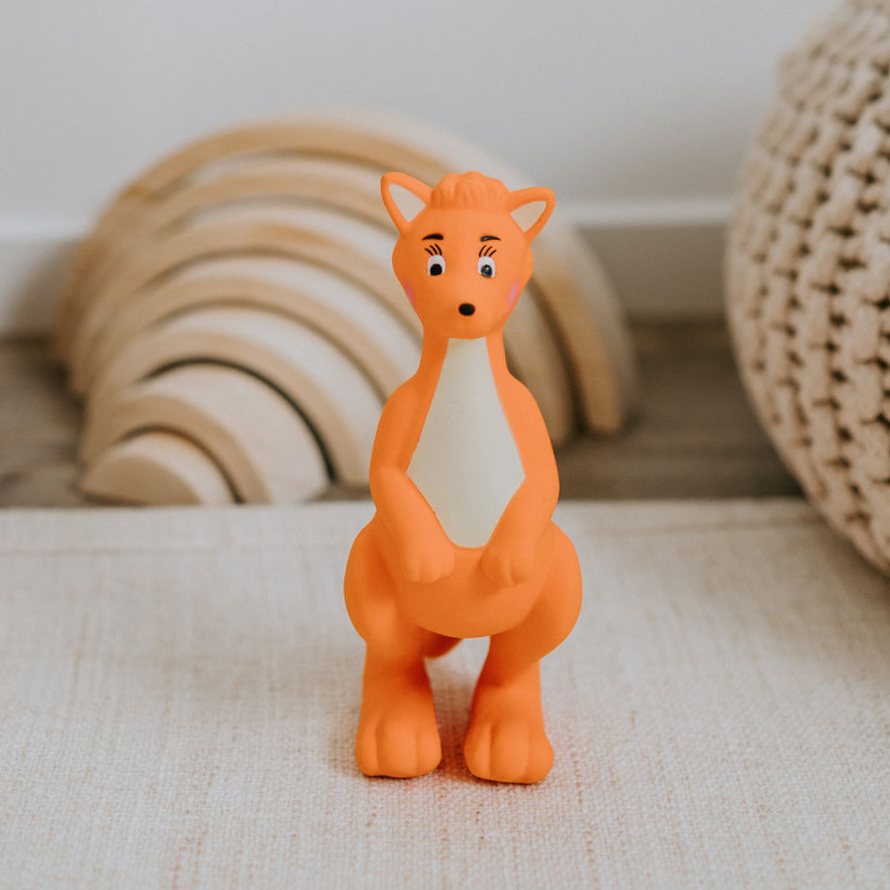






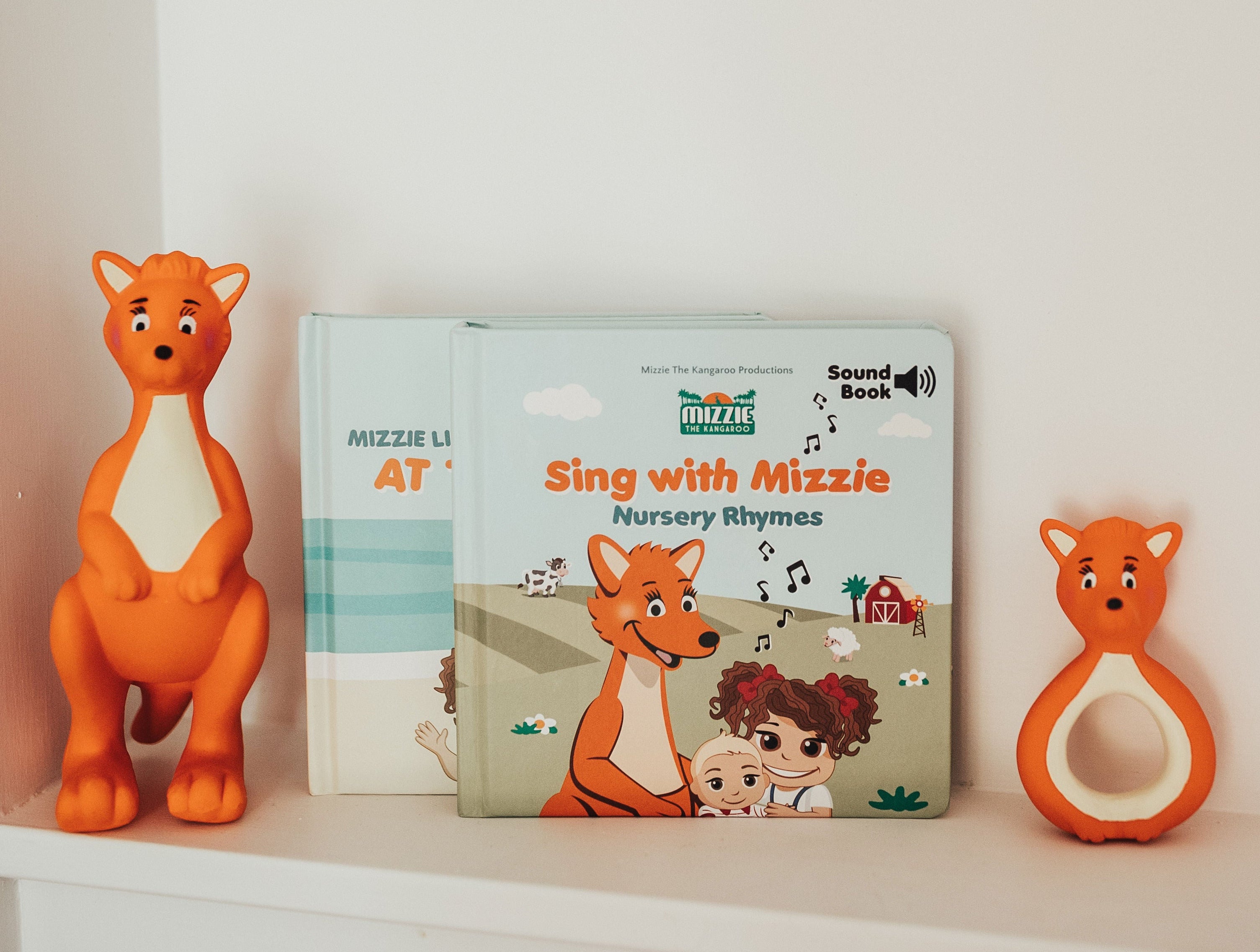
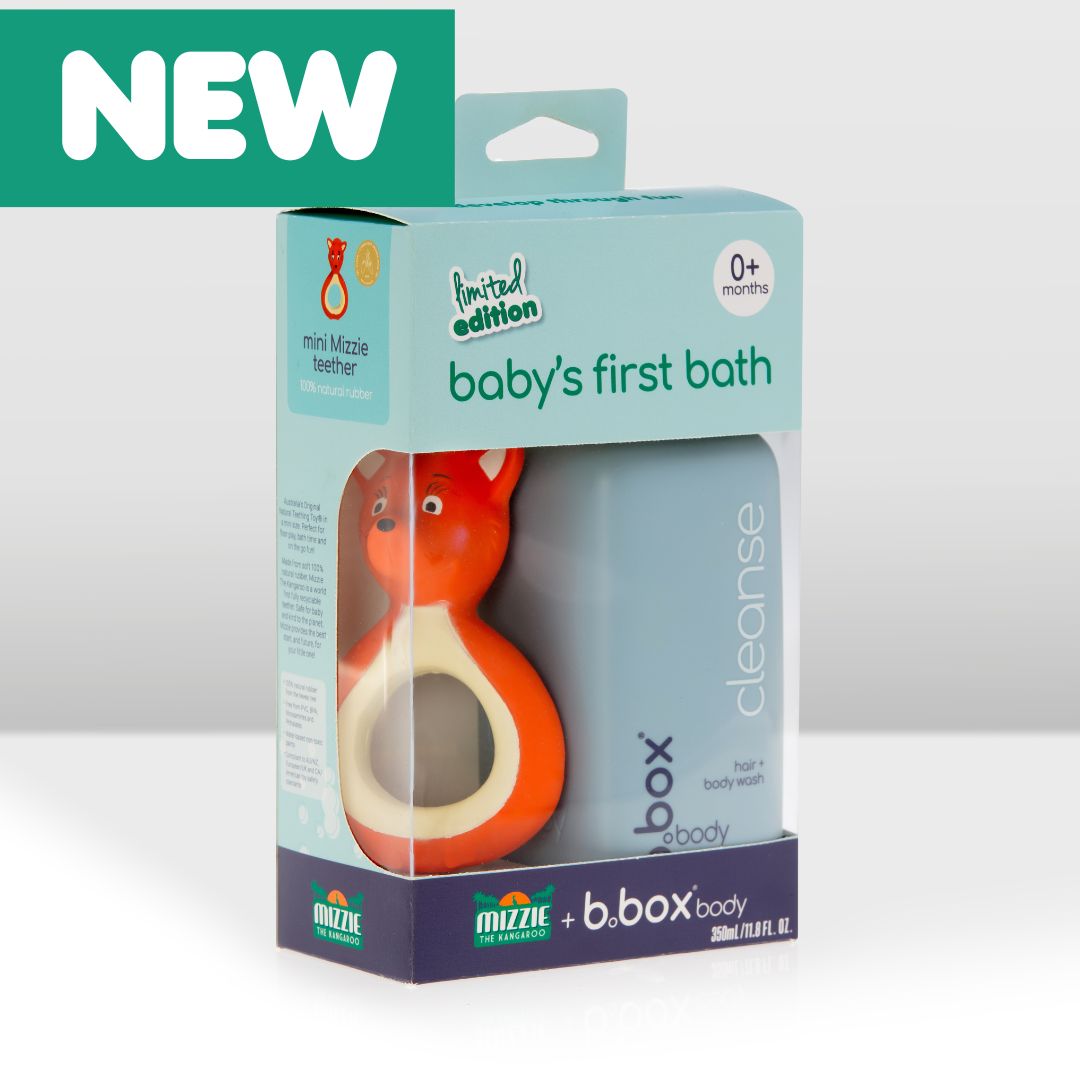
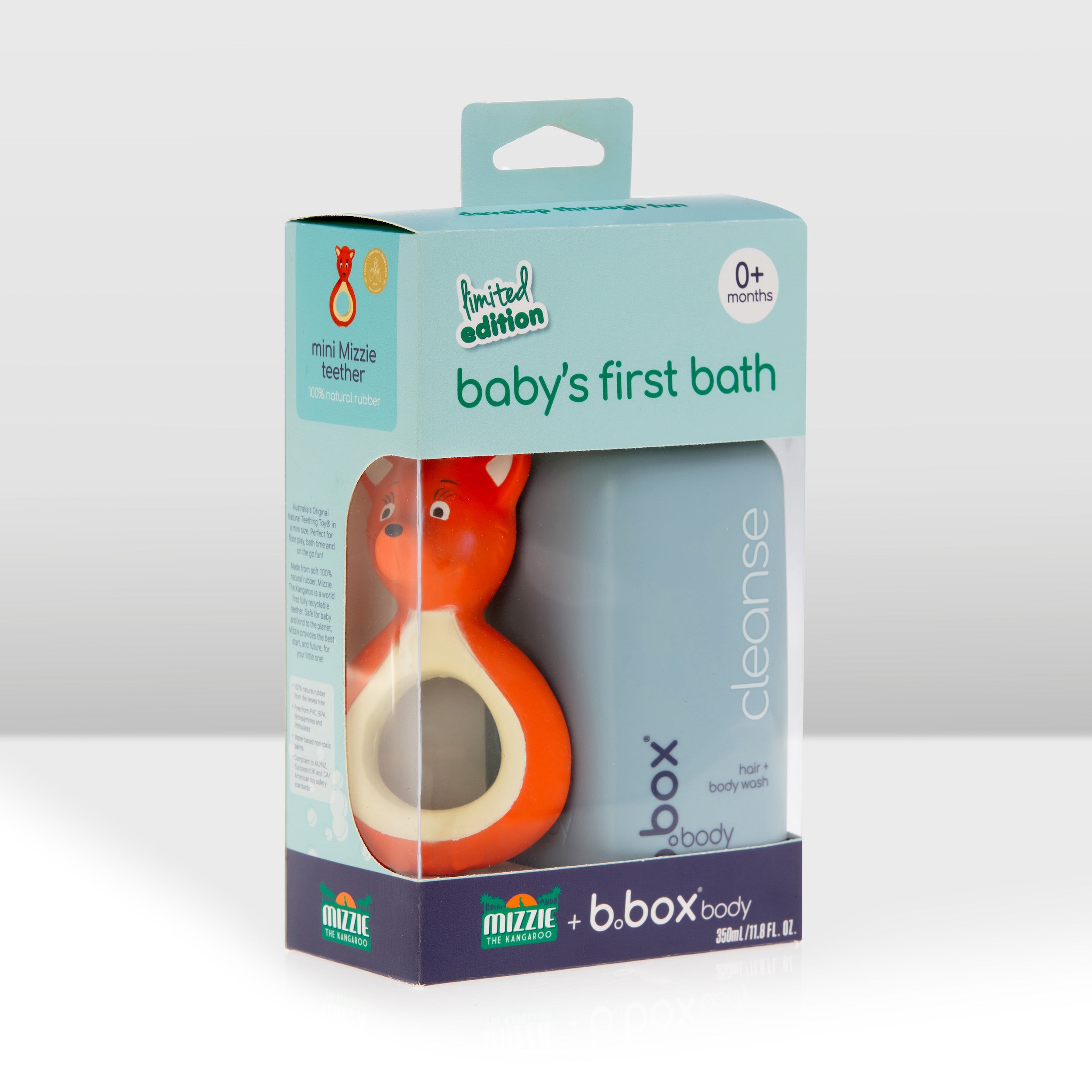

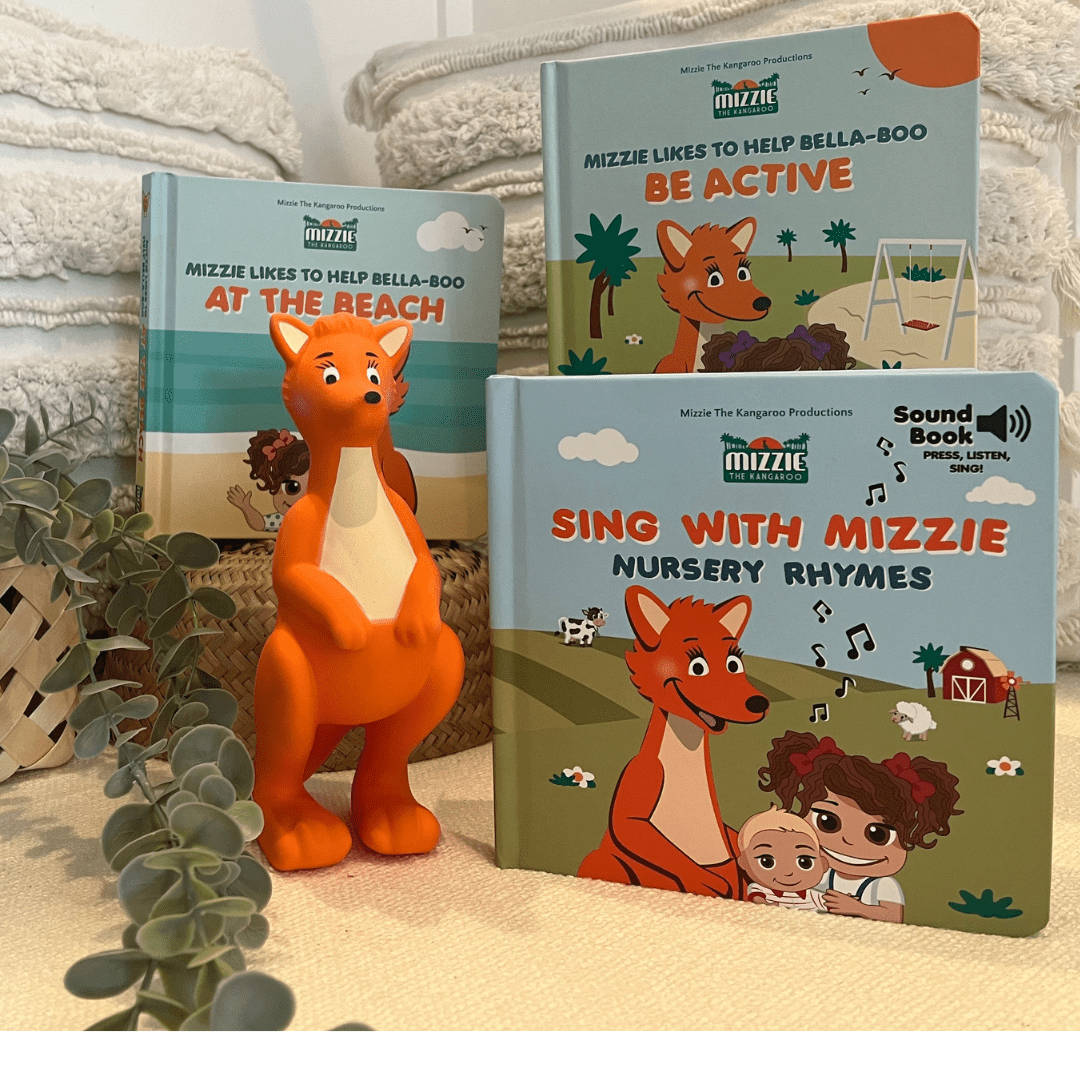

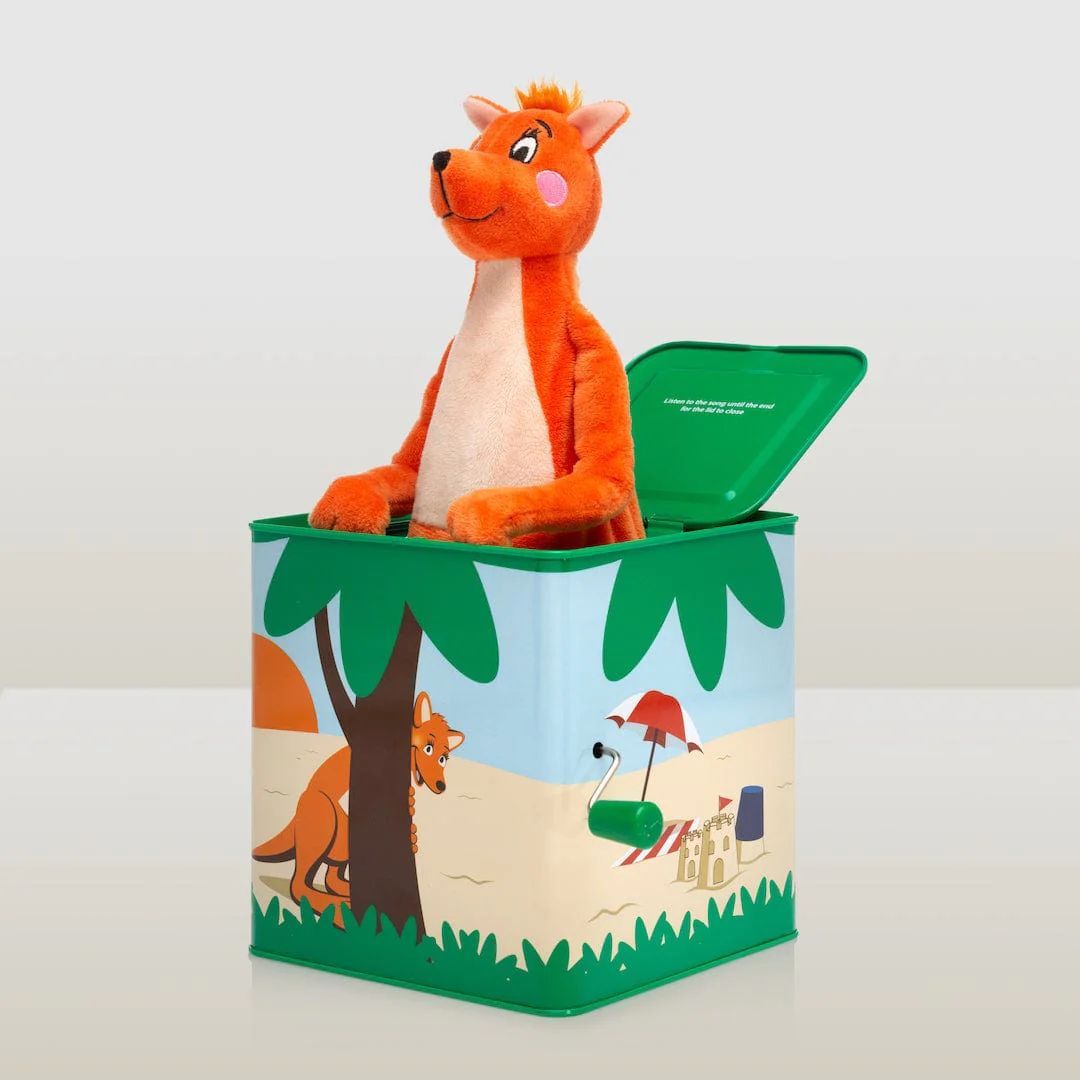
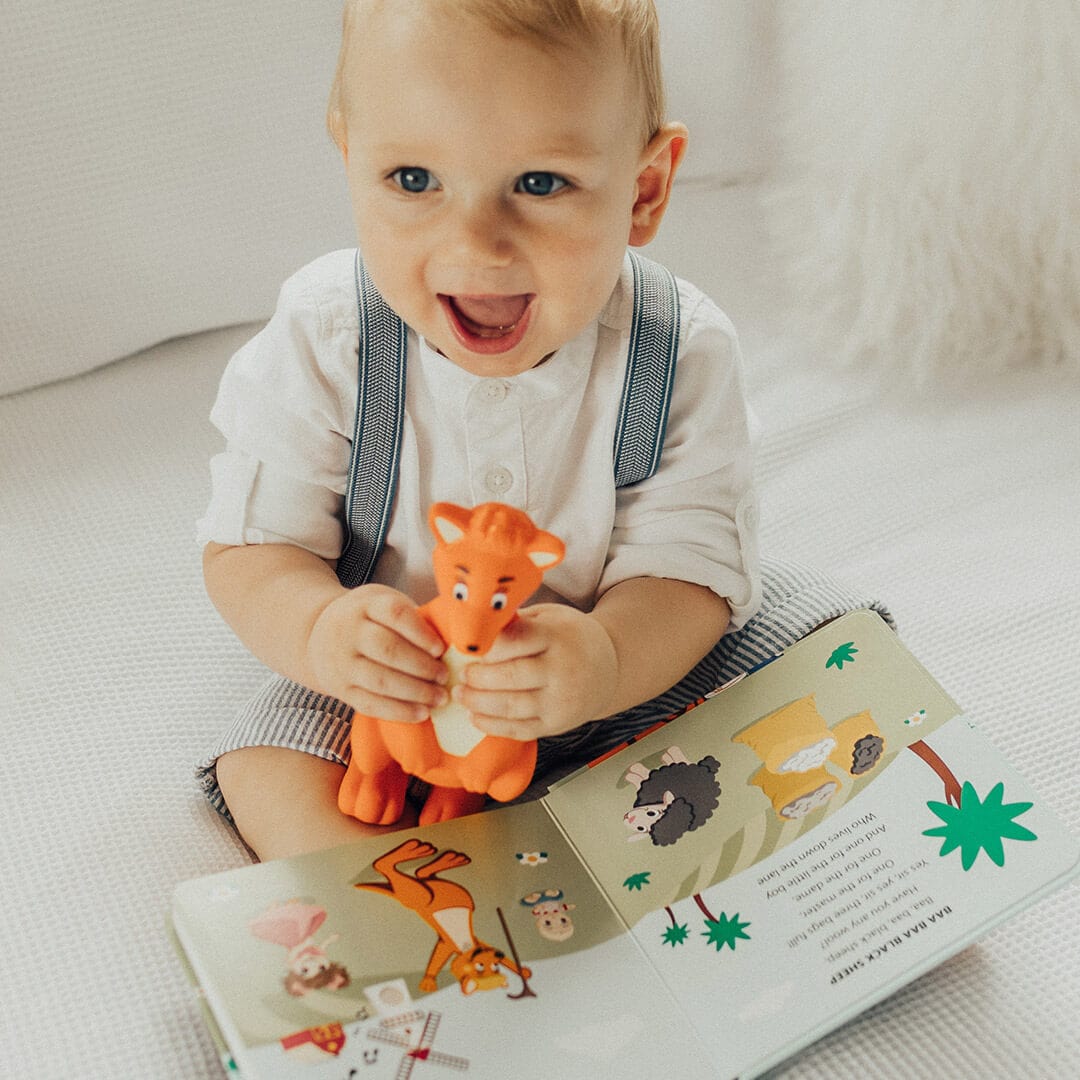

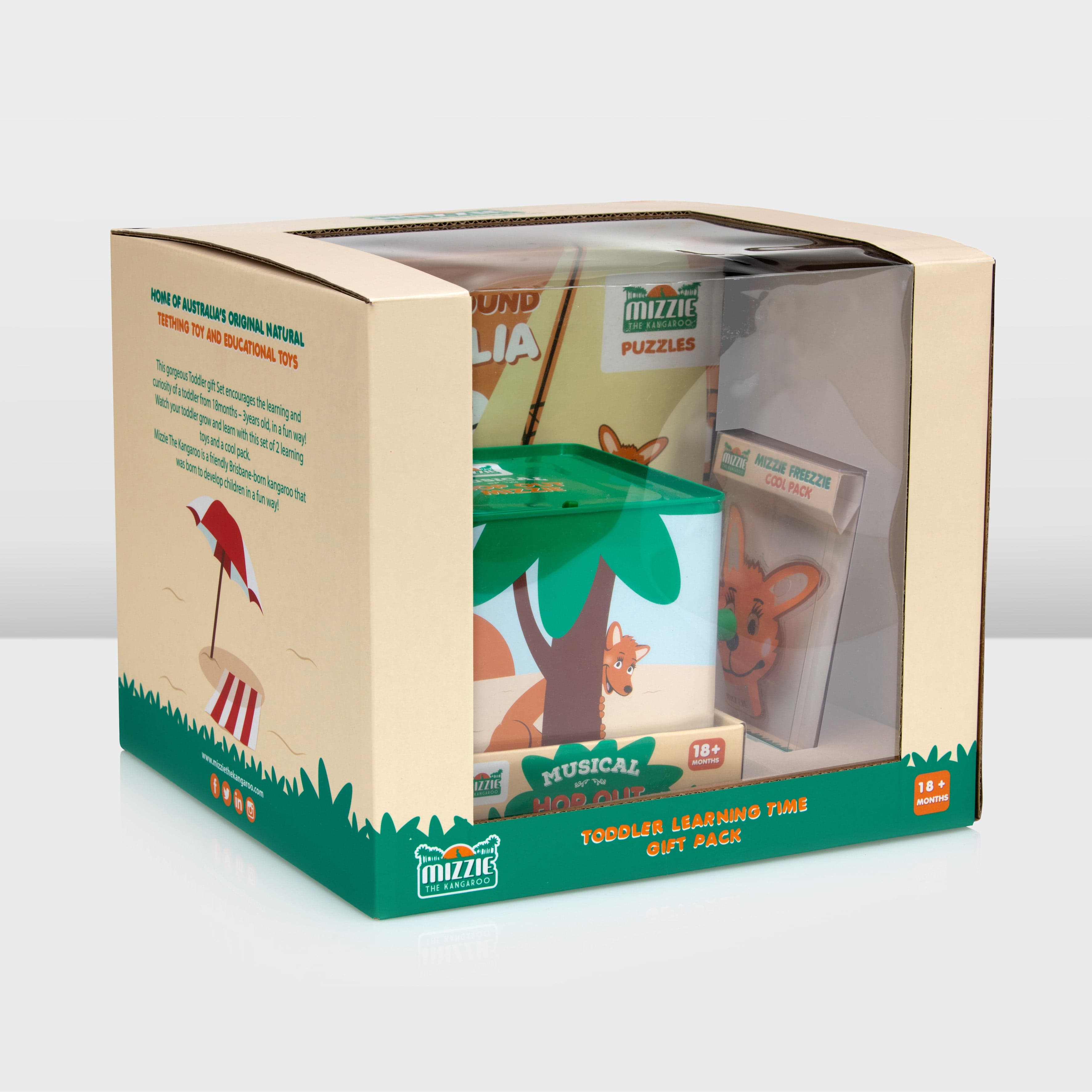
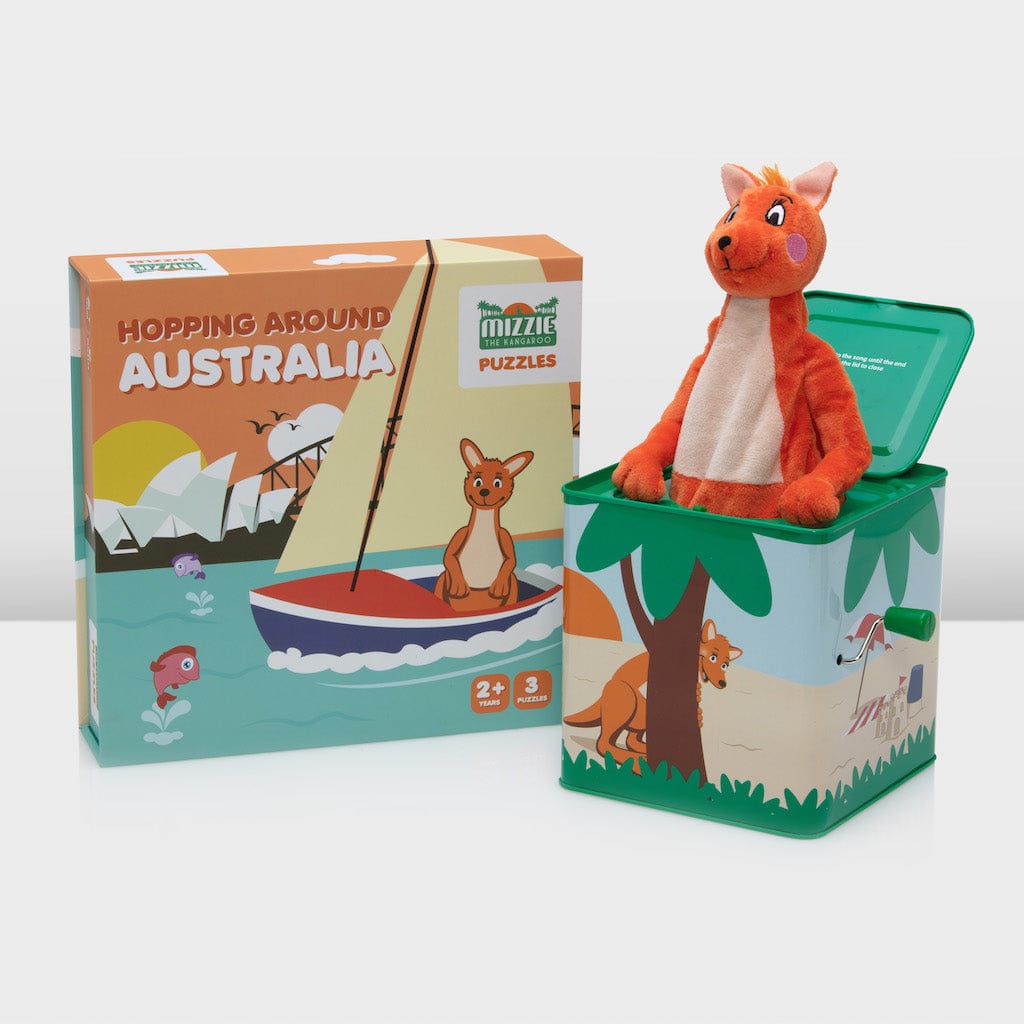
Leave a comment